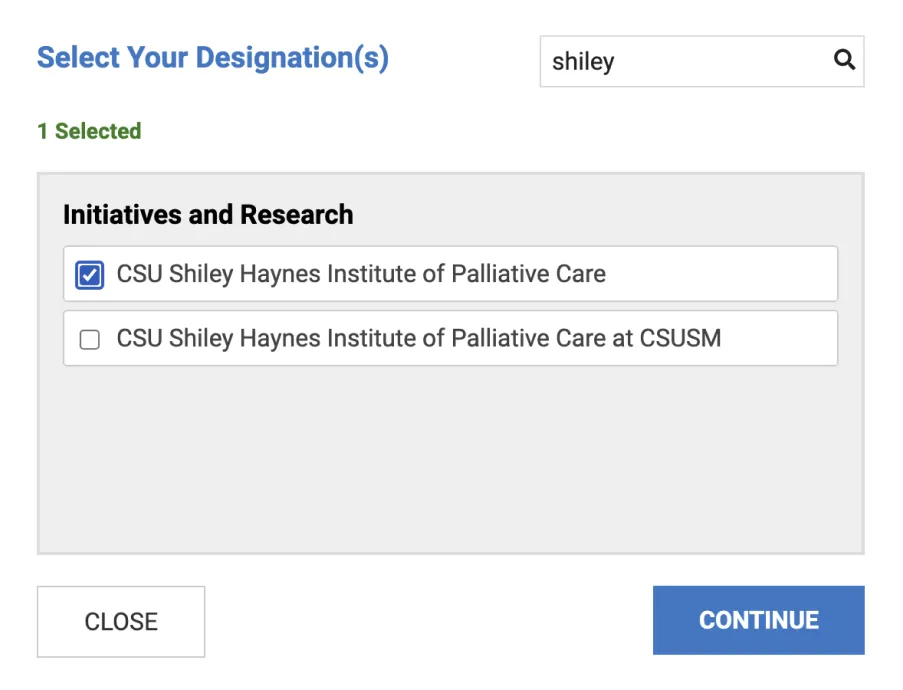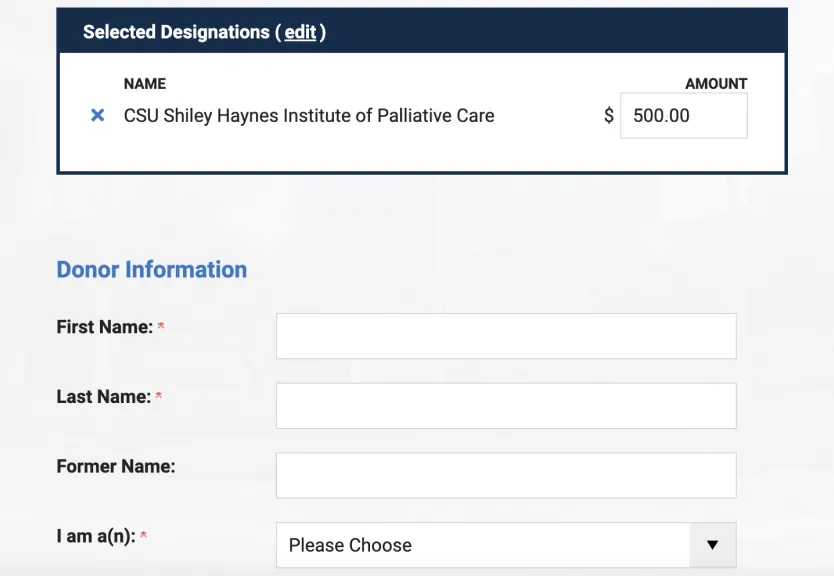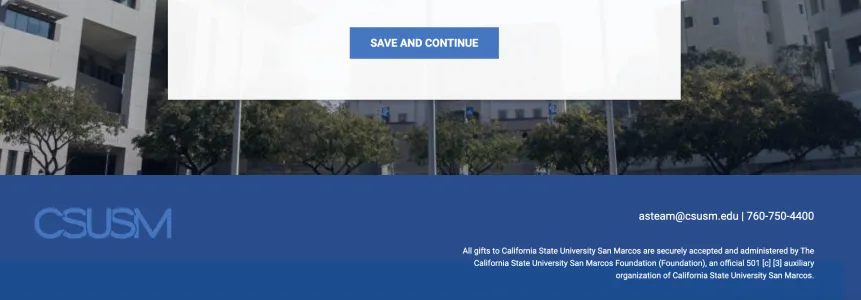Support Family Caregivers by Training More Palliative Care Professionals
A letter to the editor of the New England Journal of Medicine made big news at the end of last year: “Home has surpassed the hospital as the most common place of death in the United States for the first time since the early 20th century”! This has been a driving impetus behind hospice and palliative care for 40+ years: to close the gap between the percentage of people (variously reported between 70 and 80%) who WANT to die at home and those that DO (typically reported, based on stats from the 1990s at ~20%).
When the scales tipped you would think the hallelujahs would ring out loud and long! But no! Almost immediately the conversation changed from lamenting the percentage of people not dying at home to lamenting the enormous burden placed on family caregivers to make such a place of death possible. Gotta say, I and others in palliative care are feeling a sense of whiplash!
Of course, the percentage of folks dying at home didn’t just suddenly jump, nor did the burden of caring for them suddenly become overwhelming. (And, it must be said, the majority of deaths, 59%, still take place in some kind of healthcare facility, whether hospital, nursing home, or hospice house.)
It’s always been overwhelming to provide care at home for someone with a serious, progressive, or terminal illness. Consider these stats:
- 41 million caregivers across all age groups and demographics, provide an average of 16 hours of caregiving a week, often on top of full- or part-time jobs
- 82% of those caregivers get no or less help than they need
- 92% report more stress than they can handle
These statistics don’t even begin to convey the reality of what it means for a teenage grandchild, middle-aged adult child, or aging partner to feed, toilet, and support an ailing family member 24/7. Arguably, such tasks are monumentally more difficult when the ailing family member is a child.
Among many other supports and programs, this reality demands an accelerated expansion in the palliative care workforce, writ large. There’s a dearth of specialty trained palliative care clinicians of all disciplines, and huge gaps in knowledge and skill in palliative care among other specialties and primary care.
We’re doing our part to address the gap between the need for and supply of skilled clinicians to ease the suffering of patients and support family caregivers – at scale. While the few other university-based programs are granting certificates or degrees to a couple dozen students a year, we enroll hundreds every year and “graduate” them with robust skill sets and hands-on application in their clinical settings.
While other programs charge upward of $10,000, our most expensive course is less than $4,000 and the average price per course is a little over $300 (average CEs, 14). While other education providers require an organizational subscription or membership, our courses are open to any and all. We hope you’ll take a look and join our growing “quality army” to take on the challenge of serious illness through the end of life.




